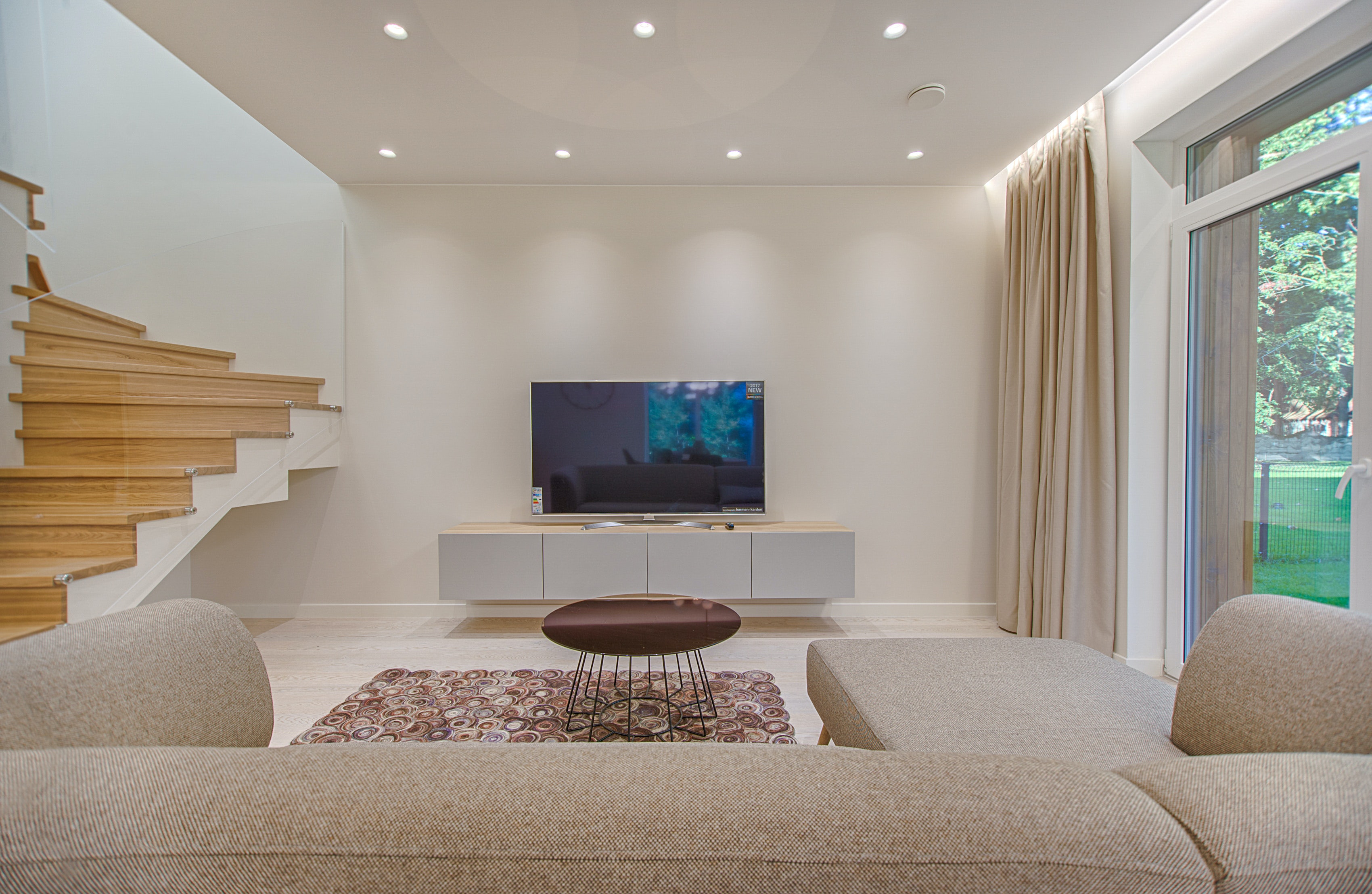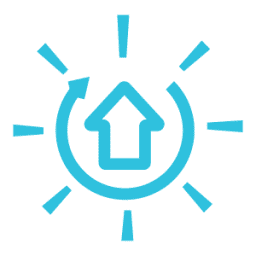We’ve all seen the cliche scene of someone adjusting a rabbit-ear antenna and smacking the top of a tiny TV in an attempt to get a signal from the static. Antennas are a joke, right?
Hardly. In the age of cord cutting, indoor TV antennas are making a comeback. Not only are they cheap, but they let you get dozens of free local television channels in HDTV quality. Of course, the number of channels you get depends on the quality of your signal.
Here are tips for how to boost your indoor TV antenna signal.
Pick The Right Location
Where you choose to place the antenna in your home will dramatically impact the quality and number of channels you receive. You might want the antenna neatly hidden behind your TV, but the lack of windows, thick walls, or how internal a room is could all limit your antenna’s reception.
Place It By The Window
As a general rule, the less material between your antenna and the outside world, the better. Because of this, placing your antenna against a window will often improve the antenna signal.
Face It Towards Transmitter Towers
The TV signal comes from transmitter towers. Facing your antenna towards the tower will help it better receive the signal. I can hear you asking “How do I know where the transmitter tower is?” Try a website called Station Finder to figure out where you should angle your antenna.
Place The Antenna As High As Possible
The higher the antenna, the less obstructions between the antenna and the tower. If you can mount it at the top of a window, you will likely get a better signal than laying it on the floor. If you have a second story in your house, even better.
As a tip, you could even consider mounting your indoor antenna in a skylight or in the attic. I know the attic ruins the “place by a window” rule, but it can help for some locations.
Use A High Quality Coaxial Cable
The coaxial cable is what connects your antenna to the television. You could be getting a great signal, but the signal isn’t making it to the TV to create a good quality reception. For each foot of cable that the signal must travel through the coaxial cable, some of the quality is lost. You can minimize this by using a high quality cable. Look for an RG6 cable with solid copper for the best possible results.
Rescan Regularly
Rescanning will help you find new channels and help ensure that your antenna is looking in the right place for your existing channels. From time to time, stations will move or change frequencies. You want to make sure that your antenna is using the best frequency for the given channel.
Purchase An Amplifier
An amplifier does exactly what you think it does; It boosts your antenna signal so that it can pick up on transmissions that are further away.
Getting Desperate?
Here are some tips that might look ugly… but can help you out if you just need to catch your favorite show and nothing else is working.
Add Metal
Okay, going back to that dated image of someone using a rabbit ear antenna… you might remember crumpled up tinfoil on those rabbit ears. If you do, it is because it worked. And it will still work for your modern tv antenna. If you have a metal antenna, adding metal to it will further extend the surface area through which it can receive signals. This could be as basic as attaching a coat hanger… or as sophisticated as using copper tape to turn your entire attic into an antenna extension.
Add A Reflector
You’ve seen a satellite dish before, right? The dish portion is known as a reflector. It helps to “catch” the transmission and focus it back towards the antenna. Depending on how desperate you are, you could use something like a metallic pie tin to act as a reflector for your antenna. If you have more time, then you could try to make something with a wooden frame and chicken wire.
Unplug Your Amazon Fire Stick or Google Chromecast
Other devices can cause interference with the signal, so by turning them off or removing them, you might be able to reduce this interference. Smart-tv devices are common culprits, but in dire straights, you might want to try any electronic device that is on and near your antenna.

